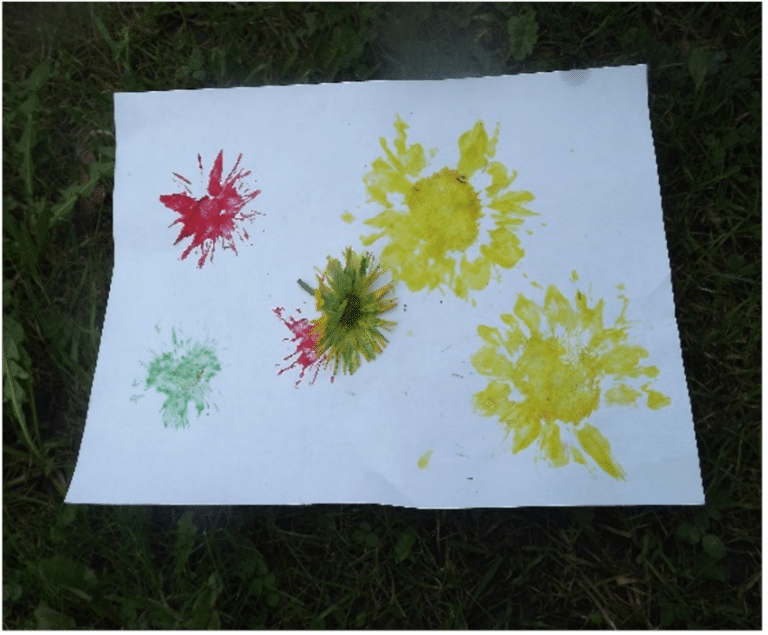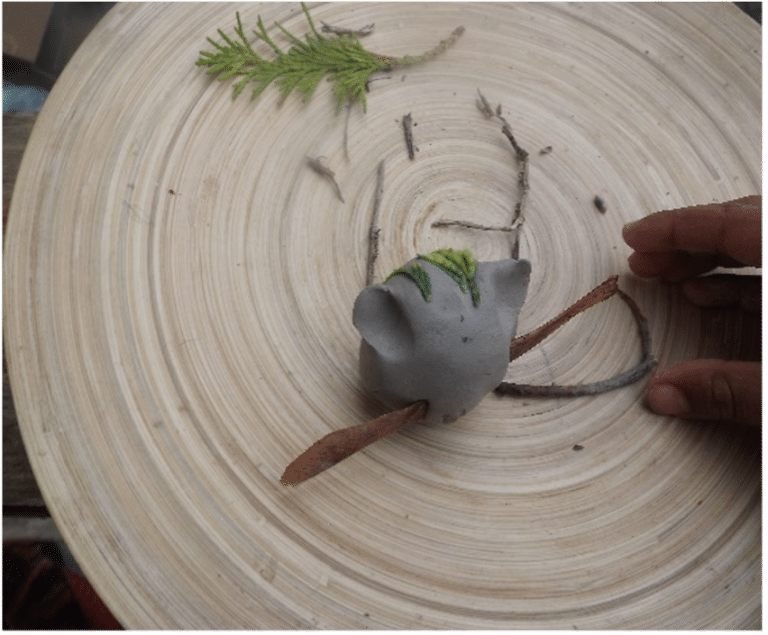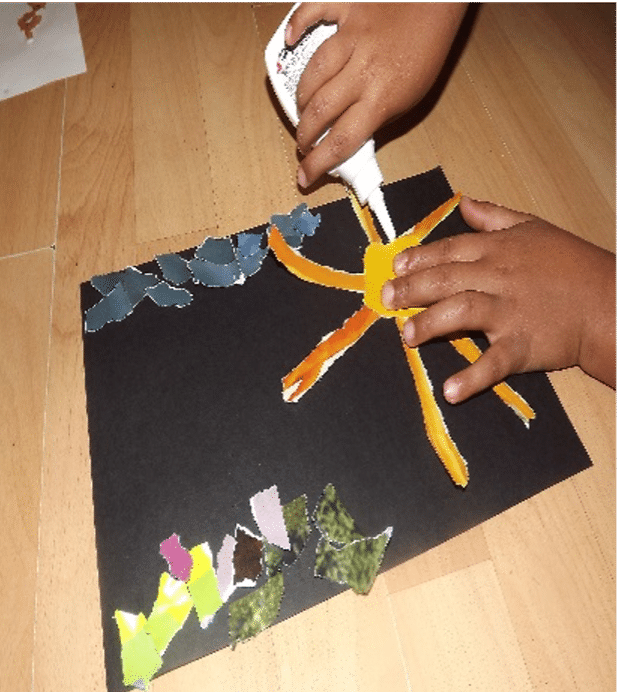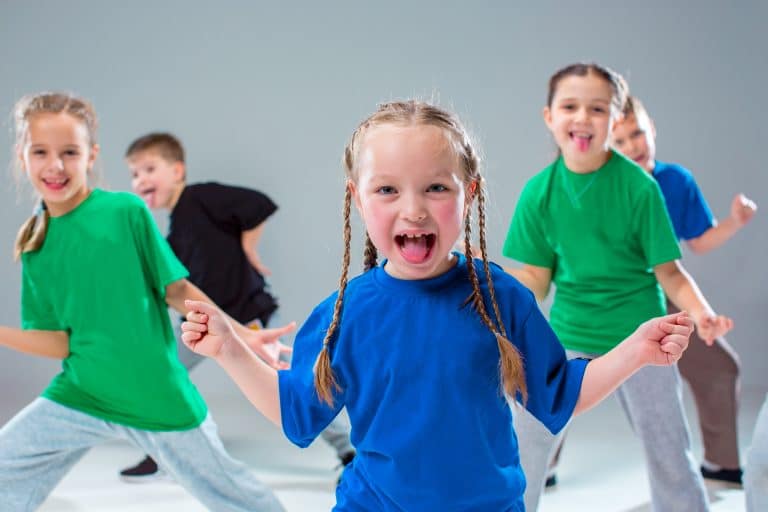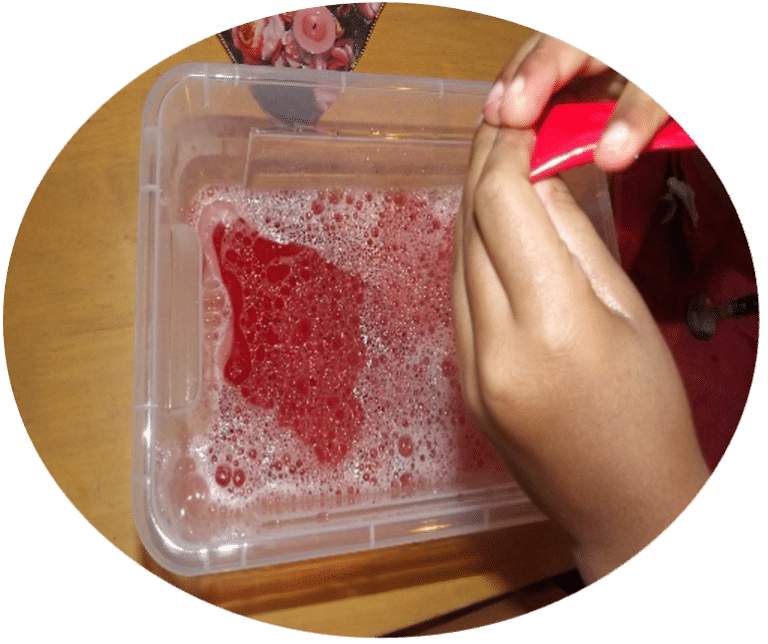There is so much to discover when we imagine!
“Children see magic because they look for it” – Christopher Moore
Materials
- A tree branch with arms
- Various types of natural resources and materials to decorate the fairy tree
Learning Goals
- Express themselves creatively and experience the arts
- Show increasing independence, and be able to make choices and decisions
- Express themselves creatively and imaginatively using non-verbal communication
Process Description
The Magic of Fairy Trees
The magic of fairies fascinates many children and adults. Imagining how to move through the air and living among magical things often makes children to experience their own creativity and problem-solving skills. Fairy gardens are of great interest nowadays and besides the fairies, fairy-doors, fairy-path there are fairy trees which stand for wishes, dreams and growth in many fairy-tales.
Aly Isaac demonstrates the connection to mythology, for example, as seen in Irish Myths. This is quite the opposite to the pressure of high academic achievements which is often expect from young children and the importance of supporting imaginations and dreaming is seen less important in children’s life. ‘The government knows that culture and creativity matter. They matter because they enrich all our lives’ (DCMS, 2001). This highlights the importance of creativity in children’s life.
Creating a fairy tree can be a simple task but rich in thoughts. When children put up their decorations and share their imagination about what this tree can do or why it is a fairy tree? A piece of branch can be collected on a nature walk or brought from home. The branch needs to be pushed into firm soil. It could also be fixed on a piece of clay to make the branch to stand up.
Children can then add various materials to decorate the branch and share their thoughts on why they are choosing certain decorative items. Inspirations such as “This sheep wool can keep the fairies warm during the cold wintertime. Feel how soft it is.”, “The flower will share its scent and pollen with the fairies to feel good and make them fly, so what flower can you find nearby?”, “A ribbon can be a hair band for the fairies. Can you tie this on the tree?” can spark other thoughts and imaginations. This activity would be a great addition to a fairy garden.
Give the children an opportunity to use and play with the clothing their own way. They may wish to sort the clothing by colour or style, or they may wish to try the items on!
Adaptation
Each child can make their own fairy tree and name it. There could be hidden messages on the tree (“Look for the fairy in the room. She flew away in the morning”/”Hopefully you can find my little treasure in the garden today”, etc.).
Literature and Media
The Kids Next Door YouTube Channel Demonstrate how to Make a Fairy Garden
Reflective questions
- Do I need support or training on a specific area? See CPD courses and videos for educators here.
- What could have been better?
- How did I scaffold children’s learning?
- Could I have adapted the learning opportunity to reflect all children’s needs, abilities and interests
Looking and responding
The educator can read a book about fairies and then invite the children to ask questions or discuss what they have heard? What do they find fascinating and what makes them gasp with excitement?
Bibliography
Department for Culture, Media and Sport (DCMS) (2001) Culture and Creativity: The Next Ten Years. London: DCMS. Department for Education and Skills (DfES).
Duffy, B., 2006. Supporting creativity and imagination in the early years. McGraw-Hill Education (UK).
National Council for Curriculum and Assessment (NCCA, 2009), Aistear: The Early Childhood Curriculum Framework. Dublin: NCCA
Author Bio

TeachKloud is a cloud-based management platform for early childhood educators and parents!


